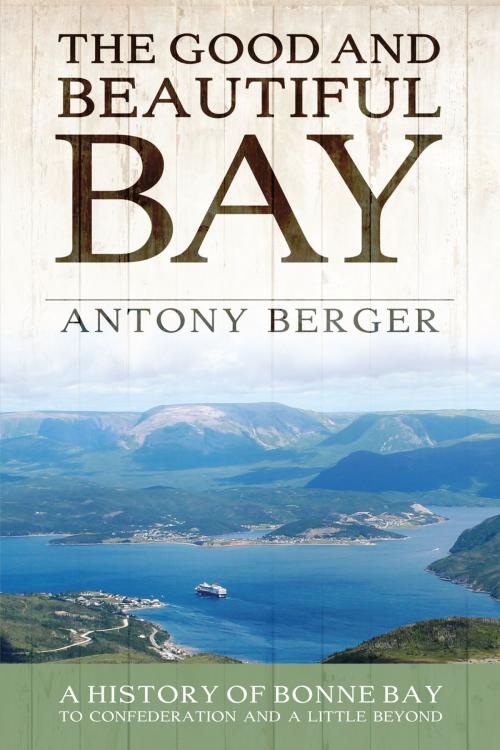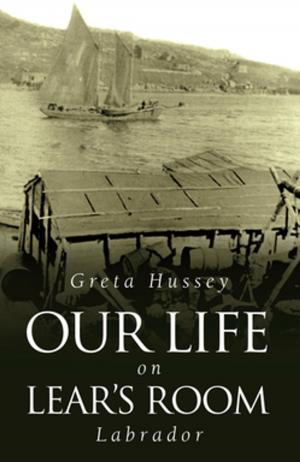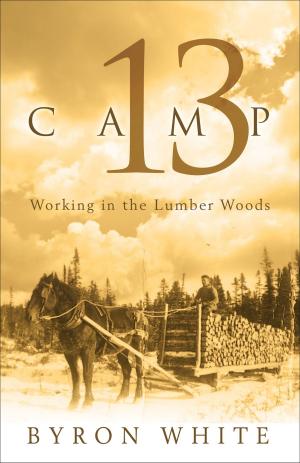The Good and Beautiful Bay
A History of Bonne Bay to Confederation and a Little Beyond
Nonfiction, History, Americas, Canada| Author: | Antony Berger | ISBN: | 9781771173391 |
| Publisher: | Flanker Press | Publication: | May 23, 2014 |
| Imprint: | Flanker Press | Language: | English |
| Author: | Antony Berger |
| ISBN: | 9781771173391 |
| Publisher: | Flanker Press |
| Publication: | May 23, 2014 |
| Imprint: | Flanker Press |
| Language: | English |
At the heart of Gros Morne National Park is Bonne Bay with its magnificent landscape, sheltered arms and coves, and abundant marine life. Bonne Bay occupies an important place in the history of Newfoundland and Labrador. Long known to Aboriginal peoples, in the mid-1800s it grew rapidly as settlers swarmed in to take advantage of the herring and lobster fishery. Tensions between the competing claims by the French and British were often played out here. In the late 1800s and early 1900s, Bonne Bay grew to become the administrative centre for the northwest coast. Today, it is one of Eastern Canada’s most popular tourist destinations, visited by people from all over the world. This book reviews the history of Bonne Bay before Confederation in 1949. It describes the people that came to live here, with glimpses of some of the main characters, the way of life, and the influences of church and school. The book ends with the story of how Gros Morne National Park, a UNESCO World Heritage Site, came to be.
At the heart of Gros Morne National Park is Bonne Bay with its magnificent landscape, sheltered arms and coves, and abundant marine life. Bonne Bay occupies an important place in the history of Newfoundland and Labrador. Long known to Aboriginal peoples, in the mid-1800s it grew rapidly as settlers swarmed in to take advantage of the herring and lobster fishery. Tensions between the competing claims by the French and British were often played out here. In the late 1800s and early 1900s, Bonne Bay grew to become the administrative centre for the northwest coast. Today, it is one of Eastern Canada’s most popular tourist destinations, visited by people from all over the world. This book reviews the history of Bonne Bay before Confederation in 1949. It describes the people that came to live here, with glimpses of some of the main characters, the way of life, and the influences of church and school. The book ends with the story of how Gros Morne National Park, a UNESCO World Heritage Site, came to be.















